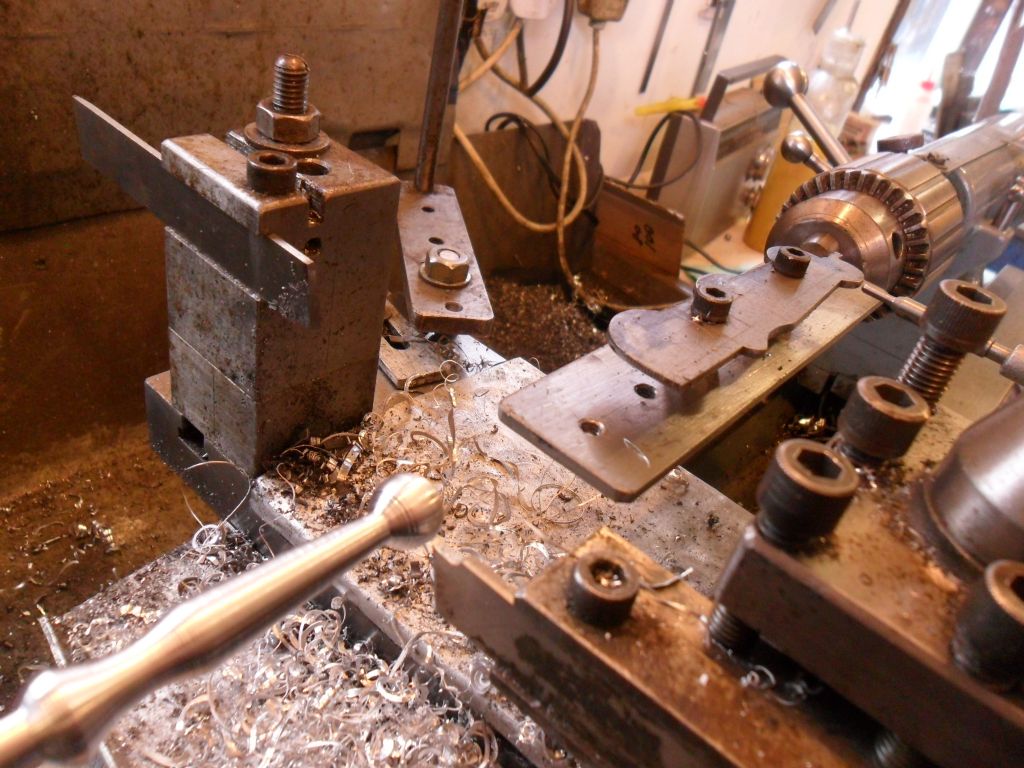Posted by Sam Longley 1 on 09/10/2017 08:27:19:
Posted by Harold Hall 1 on 08/10/2017 21:38:30:
…
…
However, if one imagines an absolute beginner following your comment & then wondering how to set up & work the spreadsheet then setting it out do you not feel that he/she would be put off at the first hurdle.
if he knew that he could do the job in 90 seconds with greater accuracy with a simple tool do you not feel that he would be more likely to proceed.
I sometimes wonder about some of the things I read on this forum. As an example I read about forumites using Fusion to draw stuff first then make it & I get lost at just trying to get a free copy of fusion let alone using it. Then I begin to loose interest in the project before I even start.
I know that is a wild example but can you not see what I am saying. As a beginner I want to know the easiest way not the most complicated way known to mankind.
Once I can do it then i will look at ways of refining the process & getting perfection. For now I just want to make something that at least works !!!
so 2 pins & a bit of batten it would be- worked for my father & grandfather
Now I wait to get slaughtered !!!!!!!
Edited By Sam Longley 1 on 09/10/2017 08:29:20
I think Sam has a very valid point of view – simple is best. Or at least as Einstein said: 'as simple as possible, but no simpler'.
Trouble is what people think of as 'simple' depends on who you are. Most of us are not cabinet makers! On the other hand, I expect anyone coming to the hobby aged 55 or under will be familiar with spreadsheets, and quite a few who are older. I first used one in 1984.
I know a little about splines because I'm interested in the history of shipbuilding. The form of ship and boat hulls often have to curve in three directions. Laying out was done full-size in a Moulding Loft, hence Lofting.
Boats and Wooden ship parts were made direct from the spline curves chalked on the floor. Steel and Iron parts were made by referencing wooden templates taken from the floor markings.
There are a couple of disadvantages in using splines in this way. One is that a hull form derived from an eye-balled spline curve may not be optimum for speed or economy. More serious was the cost of scaling the method up as the size and complexity of ships increased. The spline, tacks and chalk are all dirt cheap. The Mould Loft is not, nor is translating the plan into physical reality. Later, optimising the form of Aircraft and rockets became a step too far for manual splines, and mathematics started to take over. Once you're into mathematical solutions computers become essential. Once computers are involved it's logical to start modelling designs. That has many advantages not least opening the door to more efficient production methods.
Computers in a home-workshop? Depends entirely what you're doing. I think they're just another tool.
Sam mentioned the difficulty of downloading Fusion360. Very true, I found it confusing. You can download the free version from here. That gives you a 30 day trial. When the trial period expires, it asks if you want to renew for another free year. After that there's no guarantee that the product will be free forever but – so far – it's stayed free for amateur use. Professional users are expected to pay for a license.
Dave
duncan webster 1.










